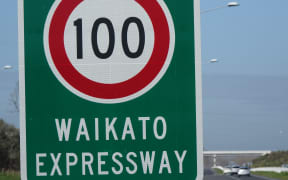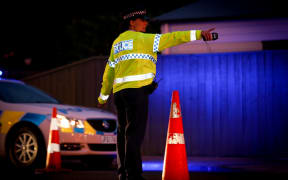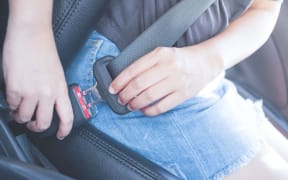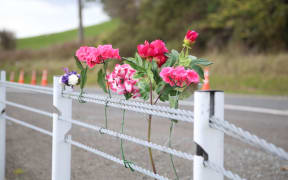The number of people killed on the roads while not wearing seatbelts hit 100 last year, worrying police.
Seatbelt use, while still high, has dropped for the first time in 20 years, their figures show.
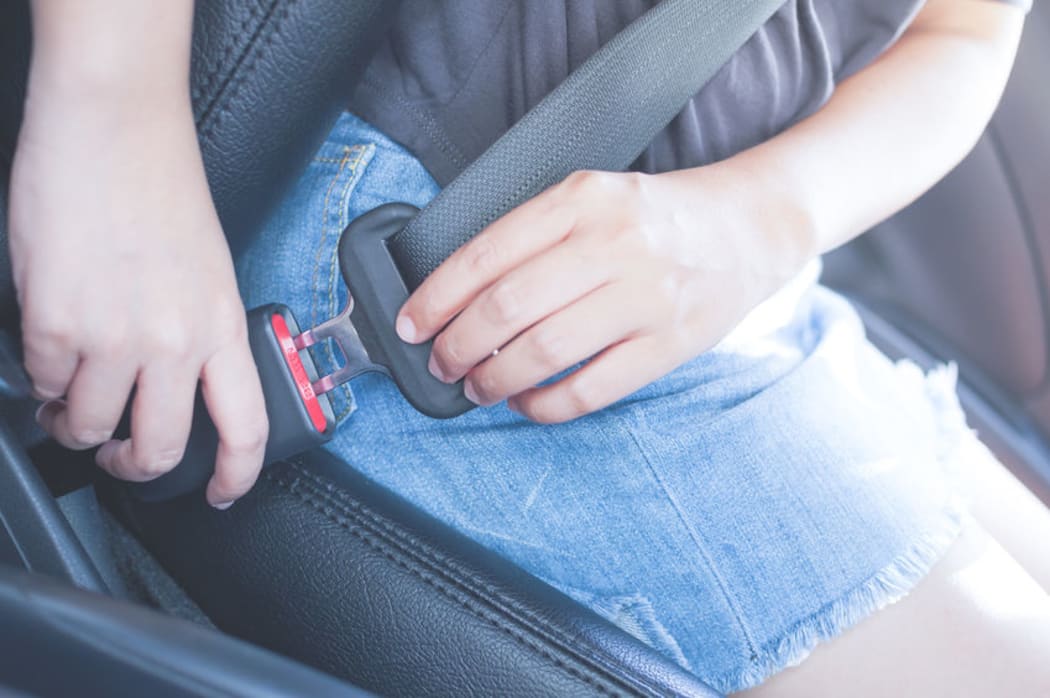
Seatbelt use remains high in New Zealand, but is dropping. Photo: 123rf
Assistant Commissioner of Road Policing Dave Cliff said police were "very concerned" by the trend and would focus on ensuring seatbelts were worn this year.
Police figures show from 2012 to 2015, unrestrained road death numbers were in the high 50s each year. It spiked to 91 deaths in 2015 and hit 100 last year.
"Almost a third of people who die on our roads are unrestrained vehicle occupants and these are all deaths, which are entirely preventable," Mr Cliff said.
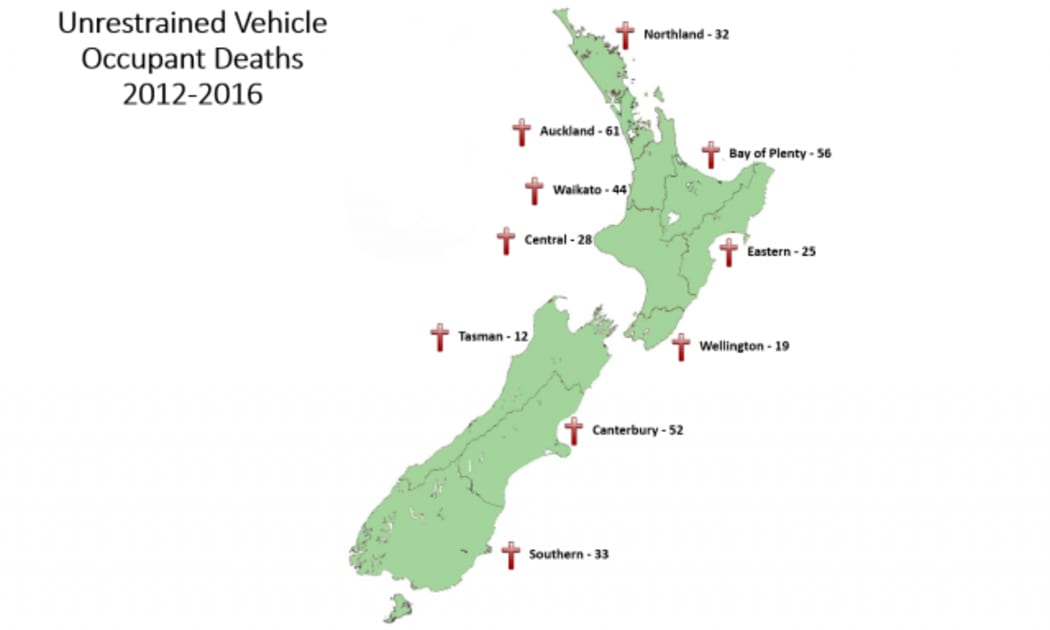
From 2012 to 2016, 343 people who died on the roads did not wear seatbelts - most in Auckland, followed by Bay of Plenty and Canterbury. Photo: NZ Police
As for seatbelt use, 96.5 percent of drivers and adult front seat passengers wore seatbelts last year, down from 97.1 percent in 2014. It was the first reduction in sealtbelt wearing since 1996, Mr Cliff said.
"Also of real concern ... is that the number of females being killed in crashes while not wearing a seatbelt has increased substantially in the last five years," Mr Cliff said.
In 2012, 11 women who died on the roads did not wear seatbelts. They made up 16.4 percent of the total number of female victims. In 2016, 28 unrestrained women died on the roads (35.4 percent of all female victims).
For men, those figures increased from 30.7 percent (46 fatalities) in 2012 to 44.7 percent (72 fatalities) in 2016.
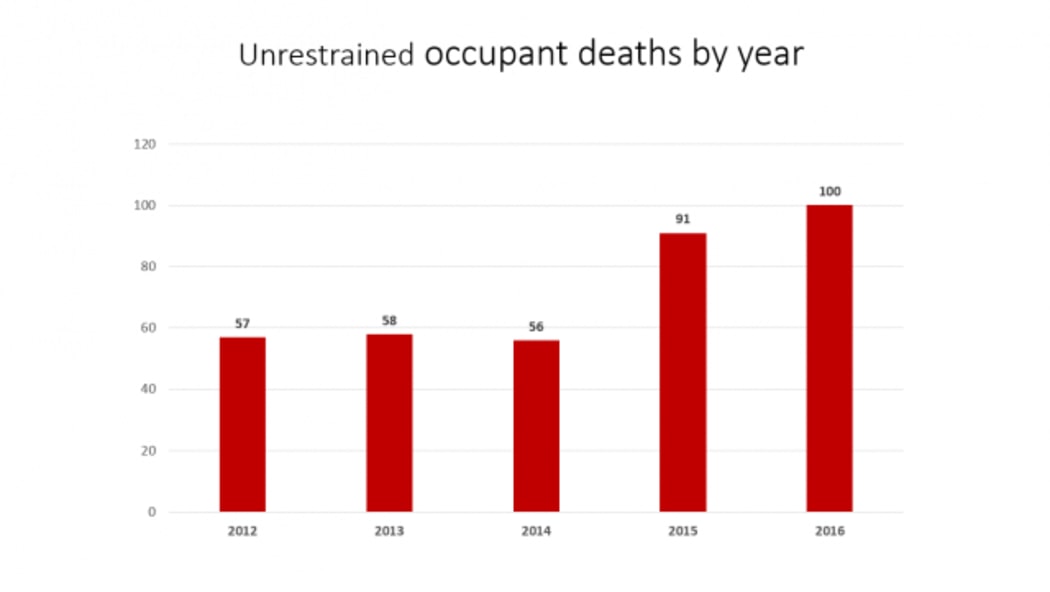
Photo: NZ Police
"If people don't listen up and get the message in 2017, we will likely see more than 100 people lose their lives and thousands more be injured completely needlessly," Mr Cliff said.
He said putting on a seatbelt took two seconds, but reduced the risk of death by 50 percent in the front seat and 75 percent for backseat passengers.
"It's a no-brainer."
